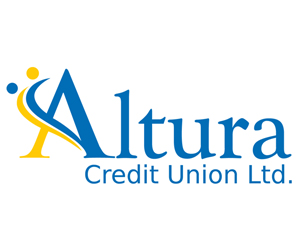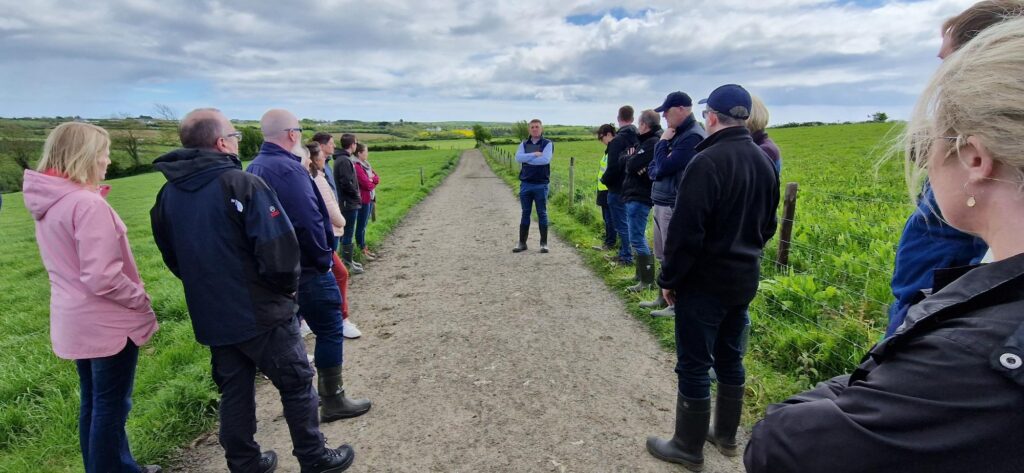The Duncannon Community Centre, Star of the Sea provided the setting for the quarterly meeting of the SE Regional Operational Committee on Water Quality on 10th May, involving state agencies and local authority staff to discuss issues affecting water quality in the Southeast Region, from counties Wexford to Tipperary. Over 50 people from the across the government sectors as well as the National Federation of Group Water Schemes were in attendance.
Chaired by Director of Services, Fergus Galvin of Waterford City and County Council and supported by the Local Authority Waters Programme, the Southeast Regional Operational Committee is one of five committees which supports Ireland’s efforts to address the decline in water quality and protect public health and the valuable resource that clean water is for us all. The River Basin Management Plan is Ireland’s road map through which the agencies try to resolve these issues and the meeting provides the opportunity to discuss and plan in more detail in a collective manner.
Issues of concern discussed on the day at the meeting included the protection of bathing and shellfish waters and public health along the Wexford coastline, agriculture across the counties and actions that Irish Water are undertaking to protect water quality.
Also attending the meeting were representatives of Southeast Technical University who outlined their work in collaboration with Wexford Co Council and BIM. These projects involve the development of sophisticated IT and marine monitoring sensor systems. Visiting scientists from the Penn State University, USA led by Dr. Patrick Drohan also participated in the discussion and gave an overview of the knowledge exchange work that they do between our two countries in collaboration with Teagasc and the local farming community.
Michael Goss of Úisce Eireann gave an overview of the significant upgrades being undertaken by Irish water and the underground mapping of drainage networks in Wexford and across the region.
A key focus of the meeting was the Duncannon Blue Flag Farming & Communities Scheme EIP which is a collaboration of farmers that is lead by Wexford County Council and other bodies involved in the scheme include Teagasc, Geoff Barry Agricultural Consultants, Tirlán, Bord Bia and IFA that play a vital role in achieving the main objectives of the EIP. This scheme, co funded by the Department of Agriculture, Food & Marine through the European Innovation Partnerships under the RDP 2014-2020 has proved a huge success for the area achieving its main objective of restoring, protecting and enhancing the quality of the bathing and riverine waters at Duncannon by working with farmers and the local community.
Eoin Kinsella, Agricultural Scientist with Wexford County Council gave a presentation of the excellent work being undertaken by the project and the participant farmers to protect the
water quality of Duncannon beach and its blue flag. Farmers in the scheme have worked with the project team to identify areas on the farms where runoff may pose a risk to water quality and put in measures to address them.
A field trip to a participating farm, allowed for the committee to see first hand the great work being undertaken. This included better management of rainwater runoff by separating it away from more heavily trafficked areas in the farmyard, diversion into collection settlement areas, water sensitive farm roadway design and maintenance, riparian buffer zones to manage cattle access to water courses, better nutrient management and especially on sloped ground that can pose a risk during heavy rainfall and the use of multi species swards as an alternative to single grass species. Cathal Somers, Agricultural Support and Advisory Service advisor with Teagasc, gave a fascinating account on the benefits that multi species swards can give when managed to suit the local farm situation. These include the requirement for much lower nitrate fertiliser application, better climate resilience of the crop, higher protein content, greater biodiversity and often a savings to the farmer.
The Duncannon EIP has led to many improvements in the water quality locally and Inland Fisheries Ireland remarked on the importance of the small streams locally and those along the Wexford coastline for habitat that sea trout, brown trout and even salmon need for spawning. The absence of a water treatment plant at Ramsgrange is still an issue and there was agreement that it would be advantageous to bring this into the Arthurstown wastewater treatment plant as soon as possible.
Agencies represented on the day included the Department of Agriculture, Food and the Marine, Uisce Éireann (Irish Water), Sea Fisheries Protection Authority, Local Authority Waters Programme (LAWPRO), BIM, Inland Fisheries Ireland, National Federation of Group Water Schemes, Teagasc, EPA, Wexford County Council, Wicklow County Council, Kilkenny County Council, Tipperary County Council, Waterford County Council, Carlow County Council, Kildare County Council, Offaly County Council, Laois County Council.
The committee commended Wexford Co Council and the local community on the delivery of a practical approach to supporting farmers to address water quality issues that may arise from farming practices and their collective efforts to protect the water quality of the beach at Duncannon.
Dr. Fran Igoe, southern regional coordinator with LAWPRO emphasised to the committee the importance of the work undertaken. He reminded all that the work of the committee is to advance water quality in the region, problem solve issues and where necessary raise issues up the water quality governance structure for higher level technical or policy attention as necessary. The committee chair, Fergus Galvin thanked Wexford Co Council staff and the local Duncannon community for hosting the meeting and organising the field excursion.
More information on the Irelands River Basin Management Plan can be found at www.lawater.ie and on water quality along the Wexford coastline at Catchments.ie.


